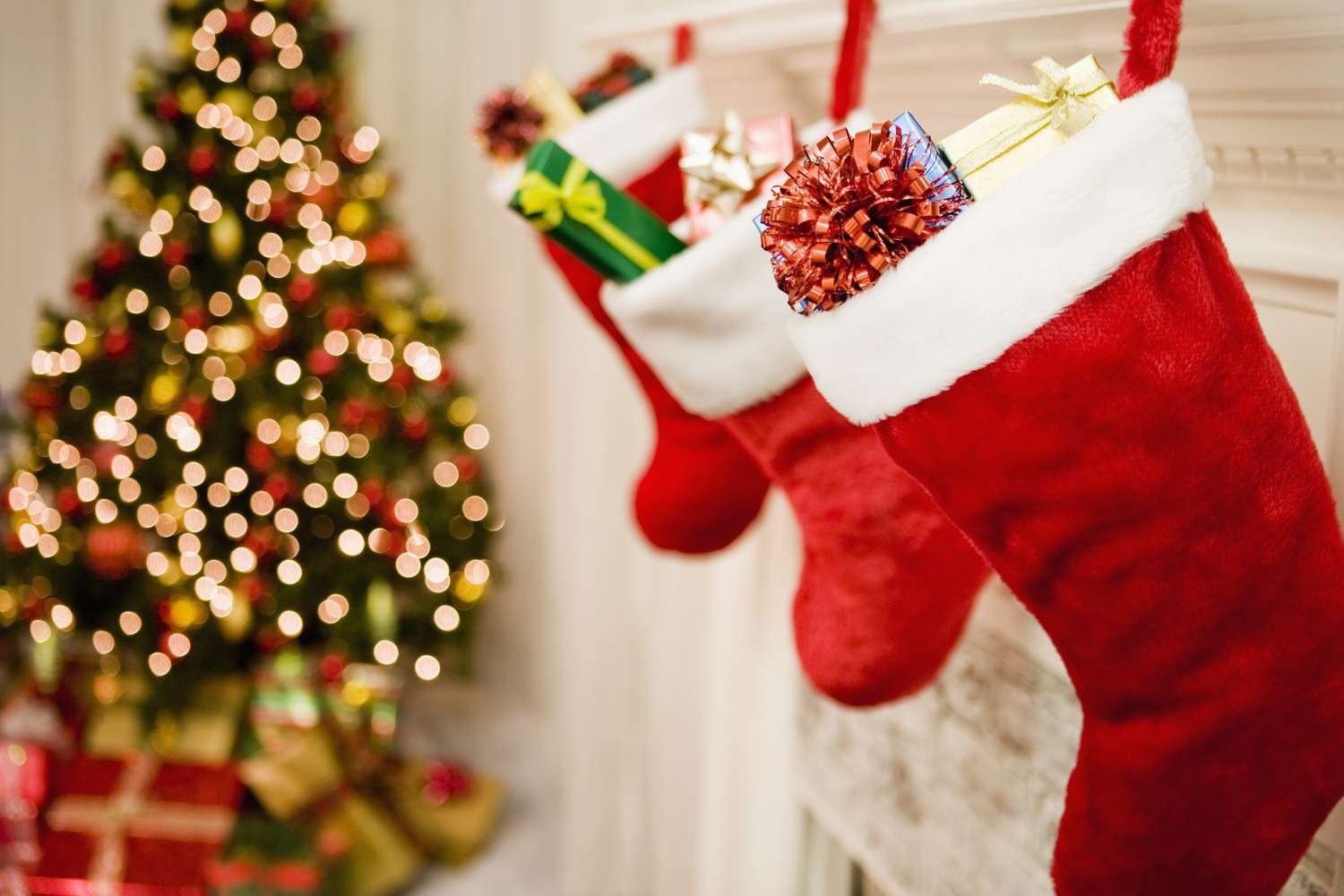
Christmas Day, celebrated on December 25th, is a global holiday that honors the birth of Jesus Christ. It is marked by festive traditions, family gatherings, and the exchange of gifts. While Christmas Day has religious significance for Christians, it has evolved into a time of universal celebration. Explore the history, traditions, and modern day celebrations. From decorating Christmas trees to the story behind Santa Claus, Christmas Day is a time to spread joy, kindness, and love. Discover how this holiday brings together people from all walks of life to celebrate peace and goodwill. Whether you observe this day for religious reasons or as a cultural celebration, its essence is universal: to celebrate life and family. Read on for insights into how this Day is celebrated worldwide, the origins of its traditions, and how it continues to be a time of joy for millions of people.
Introduction: Understanding Christmas Day
Christmas Day is celebrated annually on December 25th, marking one of the most widely observed holidays in the world. For Christians, it celebrates the birth of Jesus Christ in Bethlehem. This day has become a joyful occasion marked by family gatherings, gifts, and festive meals. While Christians commemorate the birth of Christ, Christmas Day has evolved into a universal celebration of kindness and love.
People around the world, from different cultures and backgrounds, now celebrate this day. Christmas brings communities together, with people sharing meals, exchanging presents, and decorating their homes. The essence of Christmas Day is the spirit of joy and connection.
In this article, we will explore the rich history, the traditions that make it special, and how modern-day celebrations continue to evolve. Whether celebrated for religious reasons or simply as a time to be with loved ones, this day is a symbol of peace and goodwill.
The History of Christmas Day
Christmas Day has a deep-rooted history. Early Christians chose December 25th to celebrate Jesus’ birth. Though the exact birth date of Jesus is unknown, this date aligned with the Roman festival of Sol Invictus, a celebration of the sun. The Christian church later adopted this date to honor Christ’s birth.
The early celebrations of this Day were simple but meaningful. People in Rome held feasts, and by the Middle Ages, celebrations had expanded to include various customs. Over time, its spread across Europe. It arrived in the Americas and became a global tradition. As Christianity grew, this Day also took on new forms, incorporating various cultural influences.
Today, Christmas Day marks a time of celebration worldwide. Traditions vary by country, but the core message of love, kindness, and family remains constant.
The Religious Significance of Christmas Day
For Christians, Christmas Day celebrates the birth of Jesus Christ, the Son of God and the Savior. Jesus’ birth is seen as the fulfillment of Old Testament prophecies. Christians believe that Jesus came to spread peace and offer salvation to humanity.
Churches around the world hold services to honor Christ’s birth on this day. These services include hymns, prayers, and Bible readings. The nativity story is shared to remind everyone of the humble origins of Christ. Families also use this time to reflect on the Christian message of peace and hope.
The nativity scene, depicting the birth of Jesus, is an iconic image during this season. Families often display nativity scenes in their homes to symbolize the story of Christ’s birth.
Christmas Day Traditions Around the World
Christmas Day is celebrated differently in various parts of the world. Traditions vary by culture, but many celebrations share similar themes: family gatherings, meals, and joy. Let’s explore how different countries celebrate this Day.
Christmas Day in the United States
In the U.S., this day is a highly anticipated holiday. People decorate their homes with lights and Christmas trees. this Eve often sees families gather for a festive meal, followed by a visit to church. On Christmas Day morning, children wake up to presents under the tree. Santa Claus is central to the holiday, and the exchange of gifts symbolizes love and gratitude.
American families enjoy hearty dinners, often featuring turkey, ham, mashed potatoes, cranberry sauce, and pies. Many families also participate in caroling and attend holiday concerts.
Christmas Day in the United Kingdom
In the UK, Christmas Day traditions revolve around family and community.dinner is a big event, often including roast turkey, stuffing, Brussels sprouts, and Christmas pudding for dessert. People in the UK also enjoy pulling crackers, which contain small toys, jokes, and paper hats.
Midnight Mass is popular on this Eve, with families attending services to celebrate the birth of Christ. Children eagerly await the arrival of Santa Claus on Christmas Day, and stockings are hung up for him to fill.
Christmas Day in Germany
Germany is home to many Christmas Day traditions. The market, or Weihnachtsmarkt, is a popular part of the season. These markets feature festive decorations, handmade goods, and delicious treats like gingerbread cookies and mulled wine. Germans often celebrate it.
Germany is also known for its Christmas tree tradition. Germans decorate trees with lights, ornaments, and candles. Many families also display nativity scenes to remember the birth of Jesus.
Christmas Day in Mexico
In Mexico, Christmas Day is a time for family and religious observance. The holiday season begins with Las Posadas, a nine-day event. Las Posadas reenacts the journey of Mary and Joseph looking for shelter in Bethlehem.
Mexicans celebrate this Eve with a large family meal that includes dishes like tamales, bacalao (salted cod), and ponche (fruit punch). After the meal, families exchange gifts, attend Midnight Mass, and enjoy fireworks.
Christmas Day in Australia
Australia celebrates this Day during the summer months. Families often enjoy outdoor activities like barbecues and beach parties. meals typically include seafood, ham, and fresh salads. The warm weather allows for a more relaxed, casual celebration.
Though this Day takes place in the summer, Australians still decorate their homes with lights and Christmas trees. Santa Claus remains an iconic figure in Australian.
The Role of Christmas Day Decorations
decorations play an important role in creating a festive atmosphere. The Christmas tree is perhaps the most iconic decoration. This tradition began in Germany during the 16th century and has spread globally. Families decorate their trees with lights, tinsel, ornaments, and ribbons. The tree serves as the centerpiece of many holiday celebrations.
In addition to trees, people decorate their homes with wreaths, garlands, and nativity scenes. Cities and towns also participate in the celebration by lighting up public spaces with festive displays. Christmas lights are a beloved tradition, with neighborhoods often competing to create the most beautiful light shows.
The Exchange of Christmas Day Gifts
Gift-giving on Christmas Day is a key tradition. The act of exchanging gifts symbolizes love and generosity. This practice is rooted in the nativity story, when the Three Wise Men brought gifts to baby Jesus. Over time, the custom expanded, and people began exchanging gifts among family members and friends.
Many families exchange gifts on Christmas Day morning, while others do so on evening. For children, the arrival of Santa Claus on Christmas Evening is a highlight of the season. Santa, known for delivering presents on this Eve, is central to the tradition of gift-giving on this Day.
Gift-giving on this day is not just about material presents but about expressing love and appreciation. Thoughtful gifts show care and strengthen relationships.
Christmas Day Food and Feasts
Christmas Day is synonymous with feasting. Different cultures celebrate with special meals. In the U.S., families often enjoy a roast turkey dinner. In the UK, this Day dinner includes roast turkey, stuffing, and pudding. Italians celebrate with multiple courses, including antipasti, pasta, and panettone.
Meals on this day are an essential part of the celebration, bringing families together to enjoy good food and company. Whether it’s a formal dinner or a casual meal, the food shared on this day adds to the festive spirit.
Santa Claus: The Icon of Christmas Day
Santa Claus is one of the most recognizable figures of Christmas Day. Based on Saint Nicholas, a 4th-century bishop known for his generosity, Santa has evolved into a beloved character who spreads holiday cheer. Santa’s sleigh, pulled by reindeer, delivers gifts to children worldwide.
Santa Claus on this day is often depicted as a jolly man with a red suit and white beard. He visits homes on Eve, delivering presents to children. The tradition of leaving milk and cookies for Santa on this Eve is cherished by many families.
